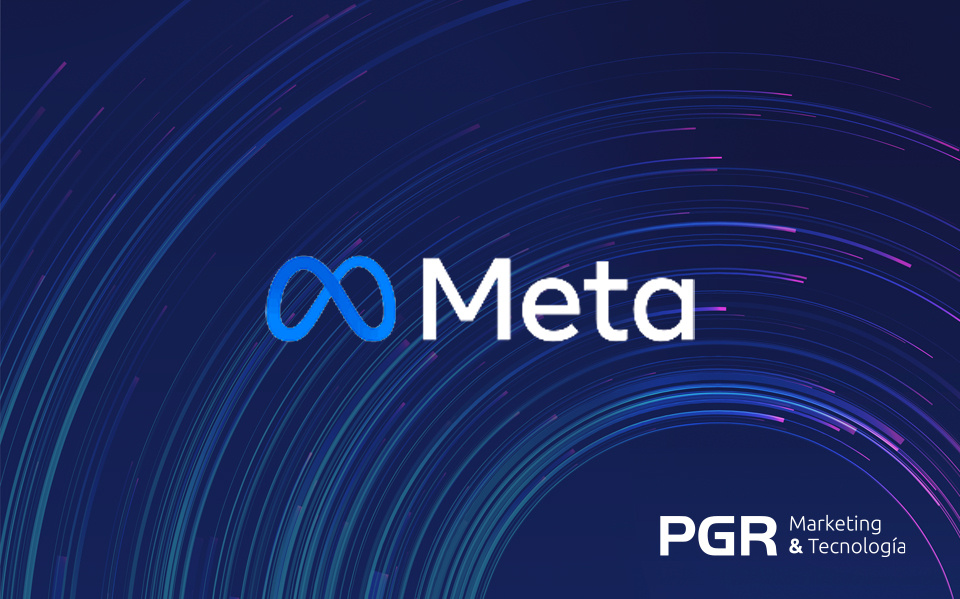In the world of artificial intelligence, Llama represents a significant evolution in the development of language models. Developed by Meta, Llama is part of a series of advanced models designed to understand and generate human language efficiently and effectively.
This model has been trained on a vast corpus of text data, allowing it to perform a variety of linguistic tasks with impressive accuracy.
The Llama model, developed by Meta AI , represents a significant leap forward in long language model (LLM) technology . This model is notable for its autoregressive architecture and its ability to process and generate text in a coherent and contextually relevant manner, making it a powerful tool for a wide range of natural language processing tasks.
Llama was first released in February 2023 with several versions, ranging from 7 billion to 65 billion parameters, allowing applications in both research and commercial use. The Llama series has been developed with the aim of being accessible and useful to the scientific and technological community, offering its weights under a non-commercial license initially, although later versions such as Llama 2 and 3 offered improvements in context and multilingual capabilities, in addition to a version specialized in code generation called Code Llama .
Llama differs from other language models like ChatGPT primarily in its training approach and setup. While models like ChatGPT are optimized for interacting in dialogs simulating human conversations, Llama has been trained to be exceptionally competent at a variety of NLP tasks , leveraging an extensive corpus that includes data from multiple languages and contexts. Additionally, Meta has implemented methodologies like human feedback reinforcement learning (HFRL) to align the model’s responses more closely with human preferences and norms.
One of Llama ’s most notable features is its performance compared to other models in its class. Llama has been shown to outperform other models in text understanding and reasoning benchmarks, making use of its extensive training and continuous optimization. Additionally, more recent iterations of Llama have improved in aspects such as handling longer contexts and generating responses in multiple languages, reinforcing its utility in global and multilingual applications.
The inclusion of models like Llama in the AI ecosystem opens up new possibilities for the development of advanced applications in fields as varied as education, customer service and automated interaction, demonstrating the continuous evolution and importance of language models in today's technology.
Llama Features and Capabilities
Llama stands out for its ability to handle a wide range of natural language processing requests. This includes language translation, content generation, text summarization, and question answering. What makes Llama particularly powerful is its training on a diverse data set, allowing it to deliver highly relevant and contextual responses.
One of the most notable aspects of Llama is its flexibility in deployment. Meta has designed this model to be easily integrated into different platforms and applications, from enterprise systems to mobile applications and software tools.
Differences between Llama and ChatGPT
While both Llama and ChatGPT are AI models designed to interact in natural language, there are some key differences in their approach and functionality. ChatGPT, developed by OpenAI, is primarily optimized to generate responses in conversations, effectively simulating human dialogue.
Llama, on the other hand, focuses more on versatility and the ability to adapt to multiple language processing tasks. This includes not only conversation, but also analyzing and generating texts with a broader context and more specialized applications.
Implementing and using Llama
Meta has made it easy to implement Llama through several guides and tools, which allow developers to integrate this AI model into their applications. This is evident in the extensive documentation that provides detailed instructions on how to use Llama in different environments, ensuring that users can maximize its effectiveness in a variety of scenarios.
Llama's future in AI
With the continued development and improvement of Llama , Meta aims to lead AI innovation by expanding the capabilities and efficiency of language models. The long-term vision for Llama is for it to become an industry standard for applications requiring advanced language processing, offering a robust and adaptable tool that can revolutionize how we interact and use technology in our everyday lives.
At PGR Marketing & Technology, we are prepared and trained to work with advanced technologies such as Llama, with the aim of improving our resources and optimizing our services.
The integration of AI like Llama reflects our commitment to excellence and innovation across all of our operations.





